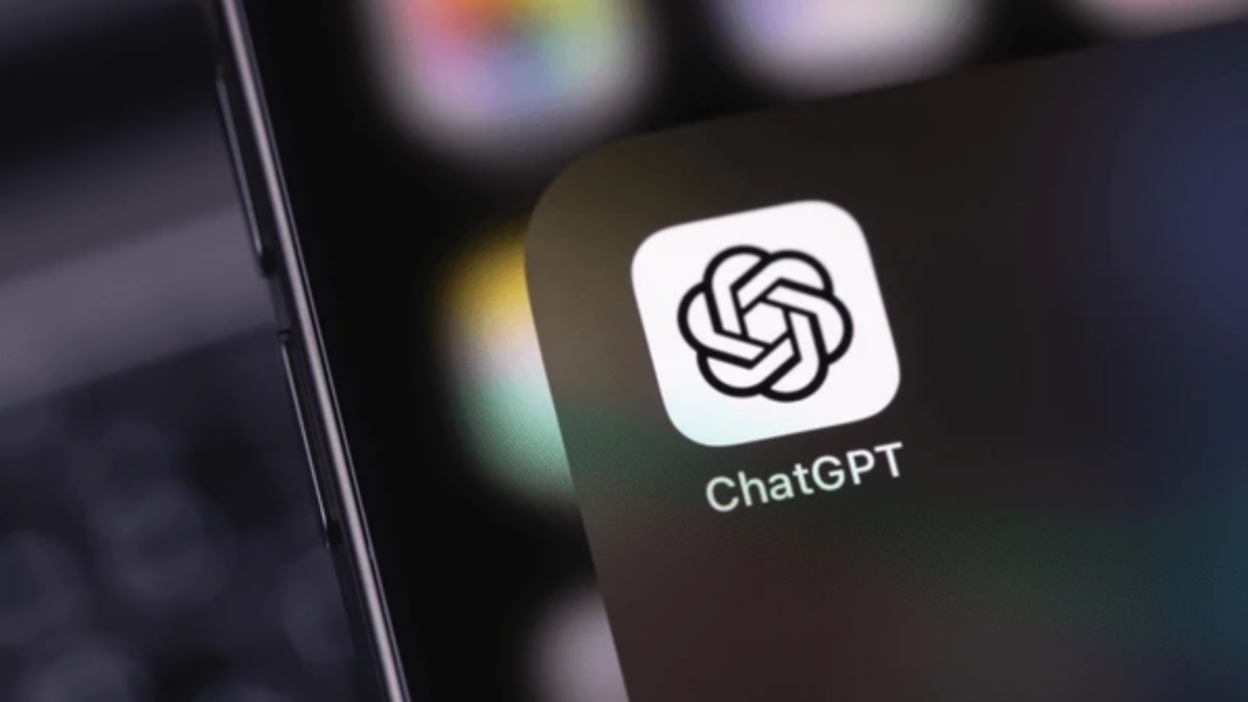What problem does this solve?
AI can be a useful ally in content creation as it helps in writing, assisting with brainstorming, improving clarity, refining structure, and enhancing overall readability. However, a major challenge with AI-generated writing is its tendency to sound formulaic due to repetitive word choices. Instead of delivering fresh, impactful messages, AI often falls back on familiar patterns that reduce effectiveness and originality.
Research has identified a set of overused words such as delve, tapestry, vibrant, landscape, realm, embark, excels, and phrases like “It’s important to note…” and “A testament to…”. For product marketers, this repetition presents a significant issue. It makes messaging less compelling, reduces audience engagement, weakens brand differentiation, and prevents insights and strategic messaging from standing out in an oversaturated market.
Smart use of ChatGPT’s memory feature can help eliminate overused words and phrases—here’s how to make it work effectively.
How to access:
ChatGPT can be accessed at https://chatgpt.com or via the mobile app.
How does this help?
- Enhances originality – Ensures AI-generated content feels less robotic and more human.
- Improves brand messaging – Avoids generic phrasing that weakens differentiation.
- Boosts engagement – Encourages more effective communication by reducing redundancy.
Example: Product marketing content generation
A product marketer is tasked with drafting content for a new product launch. The initial request to ChatGPT results in a response filled with repetitive and generic phrases like “delving into an intricate landscape of innovation…”, making the messaging feel uninspired.
To create a more compelling and unique write-up, the marketer follows these steps:
- Setting up the prompt: The marketer begins by explicitly instructing ChatGPT: “Please avoid the following words: delve, tapestry, vibrant, landscape, realm, embark, excels. Commit this to memory.” This ensures that ChatGPT actively filters out repetitive terms in responses.
- Using persistent memory: Using the phrase Commit this to memory ensures that ChatGPT retains specific instructions across interactions. This allows for persistent avoidance of repetitive words and phrases. How memory works is that the next time ChatGPT generates text, it first checks memory and follows the instructions to avoid the specified text.
- Manual review: After generating the response, the marketer scans the content for any remaining redundancy and fine-tunes the language for clarity and impact.
What makes this approach effective?
- Prompt customization – Specific instructions help shape the AI’s output.
- Memory retention – ChatGPT can store and follow word-avoidance rules across conversations.
- Manual refinement – A final human edit ensures clarity and authenticity.
Note: The tools and analysis featured in this section demonstrated clear value based on our internal testing. Our recommendations are entirely independent and not influenced by the tool creators.





